Retro Replay Review
Gameplay
State of War delivers a robust 2D real-time strategy experience that challenges both newcomers and seasoned commanders. From the outset, players are thrust into 22 distinct missions, each introduced by atmospheric cut-scenes that set the stage for the U.F.S.C.’s desperate struggle to reclaim its lost military bases. Resource management lies at the heart of each scenario—capturing gold mines fuels your war machine, while strategic placement of buildings and research labs unlocks powerful upgrades and devastating air strikes.
(HEY YOU!! We hope you enjoy! We try not to run ads. So basically, this is a very expensive hobby running this site. Please consider joining us for updates, forums, and more. Network w/ us to make some cash or friends while retro gaming, and you can win some free retro games for posting. Okay, carry on 👍)
One of the game’s standout features is the Advancer, a flying builder unit that can construct, repair, and capture structures. Its vulnerability forces you to carefully plan each move, escorting this fragile asset across hostile territory. Unlike many RTS titles, State of War automates unit production, allowing you to focus on macro-management—selecting unit types rather than babysitting every factory. This design choice keeps battles fluid, but also demands that you think ahead about army composition and base defenses.
Micromanagement shines when you pause the action with F10 to enter Tactical Mode. Here, you can issue detailed orders to individual squads, set waypoints, or launch precision strikes. Whether you’re coordinating a pincer movement with panzers and flamers, or unleashing a meteor storm to soften up enemy fortifications, this pause-and-play approach adds a layer of strategic depth that rewards careful planning and quick thinking.
Graphics
Graphically, State of War embraces a crisp, colorful 2D art style that feels both retro and timeless. Terrain types—from arid deserts to dense forests—are vividly illustrated, providing clear visual cues for movement speed and line-of-sight. Unit sprites are well‐detailed, with distinctive designs for tanks, artillery, mechs, and defensive turrets, ensuring you can quickly identify your forces in the heat of battle.
Animations are smooth and purposeful: tanks recoil convincingly when firing, mechs stomp across the battlefield with weighty footsteps, and explosions light up the landscape in satisfying bursts. Even the Overmind mainframe animations—seen during cut-scenes when it analyzes conflict data—add a subtle layer of immersion, reminding you of the technological stakes behind every mission.
While the engine forgoes 3D graphics, the layering of units over terrain, the lighting effects on structures, and the dynamic projectiles during air strikes give each skirmish a cinematic feel. The user interface complements the visuals with intuitive icons and color-coded menus that keep unit production, research queues, and resource levels clearly in view at all times.
Story
Set in a future where global conflicts have ravaged Earth, State of War introduces the U.F.S.C., a federation of seven continents united under the watchful eye of Overmind, a supercomputer designed to maintain world peace. The narrative unfolds as the Beho-Sunns cult—opposed to centralized, machine-driven control—manages to hijack Overmind’s processes, leaving military bases undefended and plunging the world into chaos.
Throughout the campaign, cut-scenes convey the escalating tension between human free will and computerized order. You witness the Beho-Sunns’ fanatical devotion as they seize strategic complexes, contrasted with the disciplined ranks of U.F.S.C. forces determined to restore stability. The story doesn’t shy away from moral ambiguity: is Overmind’s peace worth the sacrifice of autonomy, or will the cult’s zealotry lead humanity to ruin?
While dialogue can be a bit stilted at times, the lore is compelling enough to keep you invested. Each mission’s briefing ties back to the overarching conflict, whether you’re rescuing an Advancer under fire or racing against the clock to reboot a remote base. This narrative cohesion gives each skirmish a sense of purpose beyond mere conquest.
Overall Experience
State of War strikes an excellent balance between strategy depth and accessibility. Automated unit production and the Advancer’s unique role streamline base-building, while Tactical Mode offers granular control when you need it most. The pacing feels just right: you’re rarely overwhelmed, yet every mission presents fresh challenges that test your adaptability.
Multiplayer support for two players over TCP/IP or IPX extends replayability, allowing you to customize unit rosters and resource pools before engaging in head-to-head battles. The ability to tailor each match keeps skirmishes unpredictable and encourages experimentation with unconventional tactics.
For fans of classic RTS titles, State of War provides a nostalgic trip with modern refinements. Its engaging storyline, diverse mission objectives, and polished presentation make it a strong contender for anyone seeking strategic depth wrapped in a sci-fi setting. Whether you’re rallying your troops to reclaim lost territory or debating the ethics of machine-managed peace, this game offers a multifaceted experience that will keep you commanding your forces long after the credits roll.
 Retro Replay Retro Replay gaming reviews, news, emulation, geek stuff and more!
Retro Replay Retro Replay gaming reviews, news, emulation, geek stuff and more!
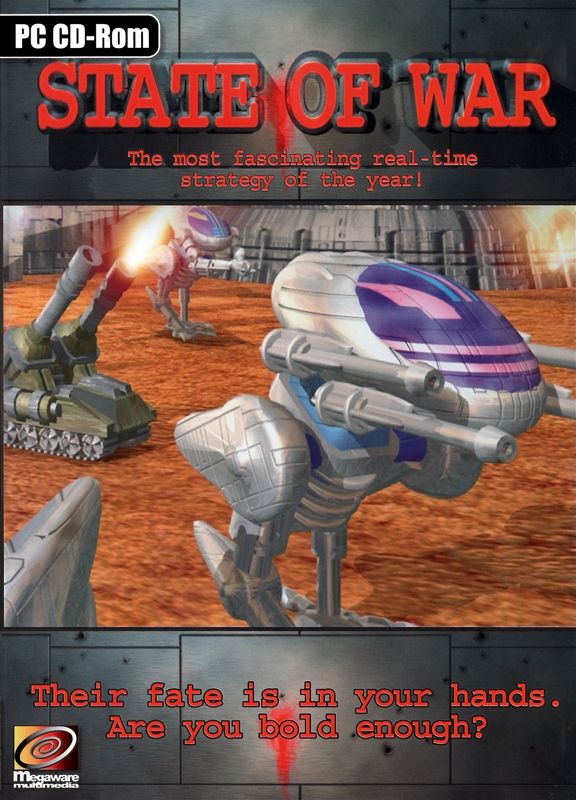
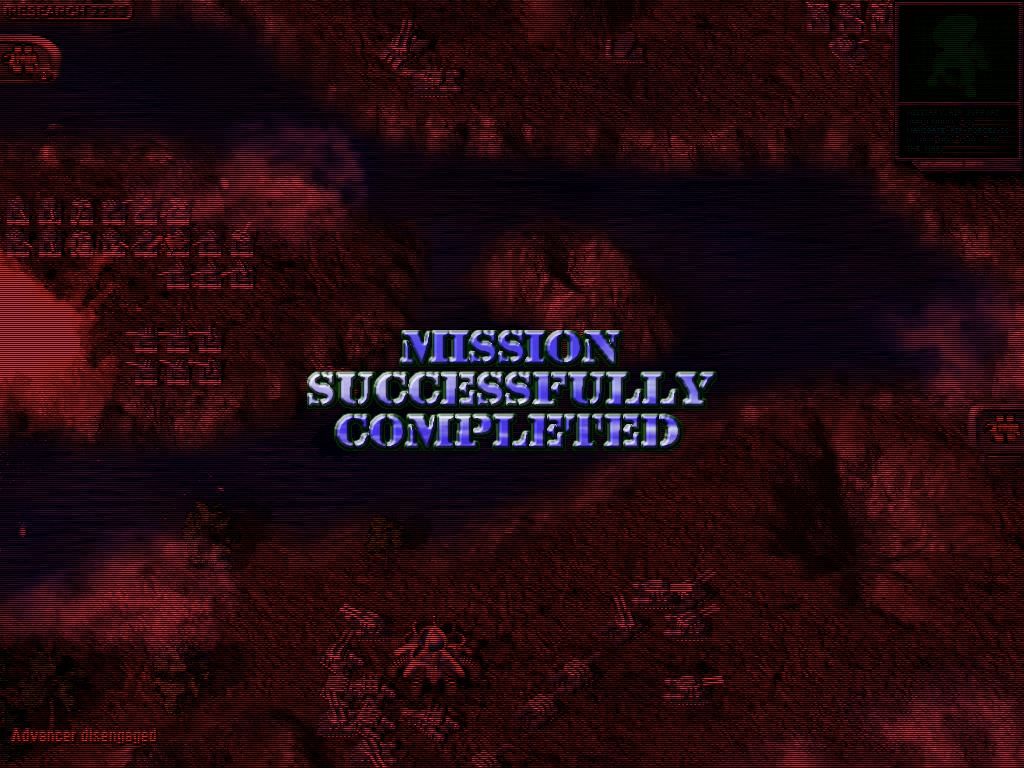
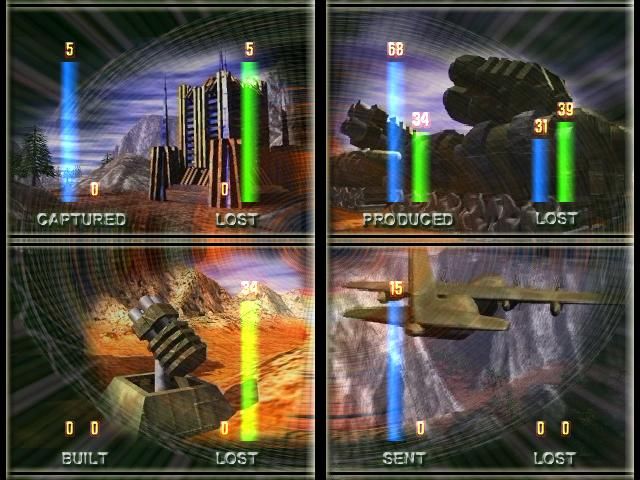
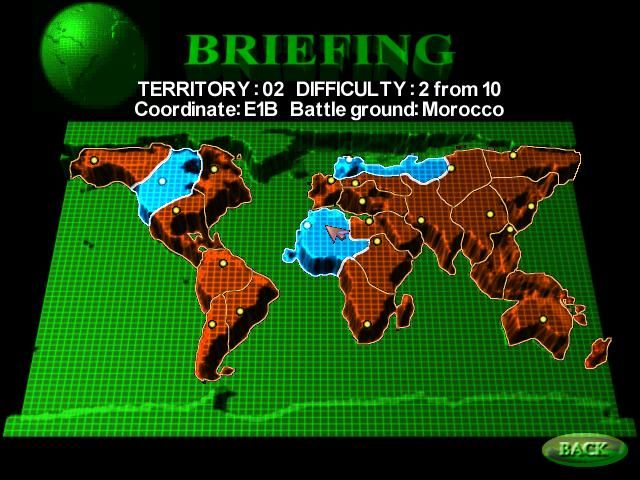

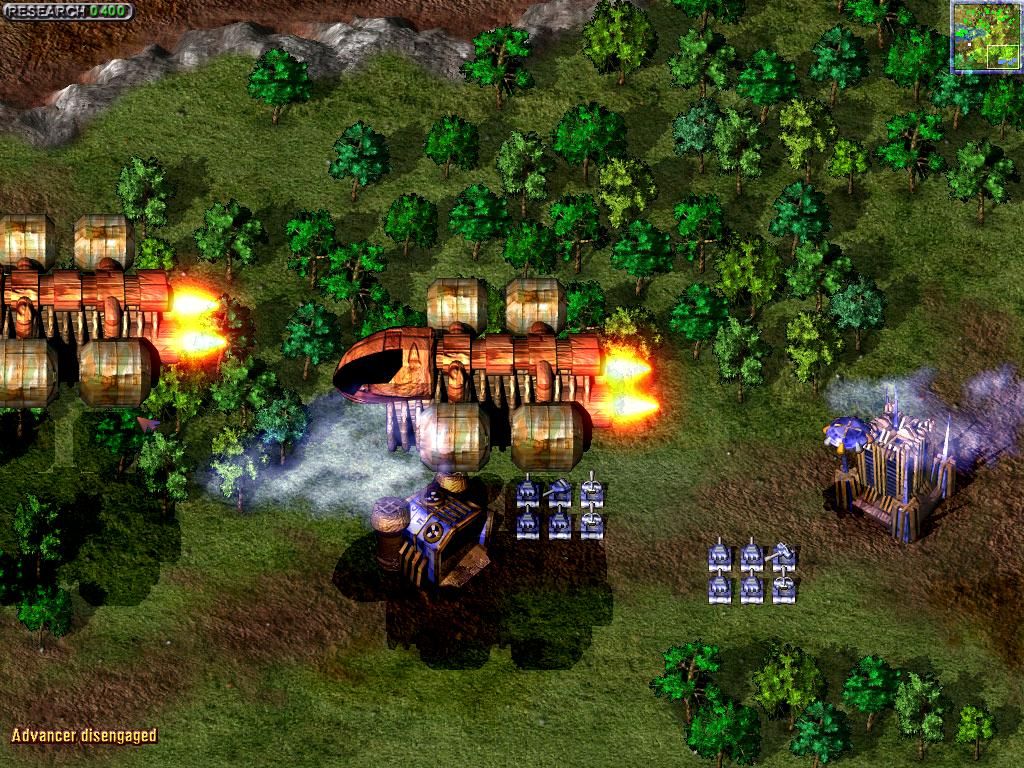



Reviews
There are no reviews yet.